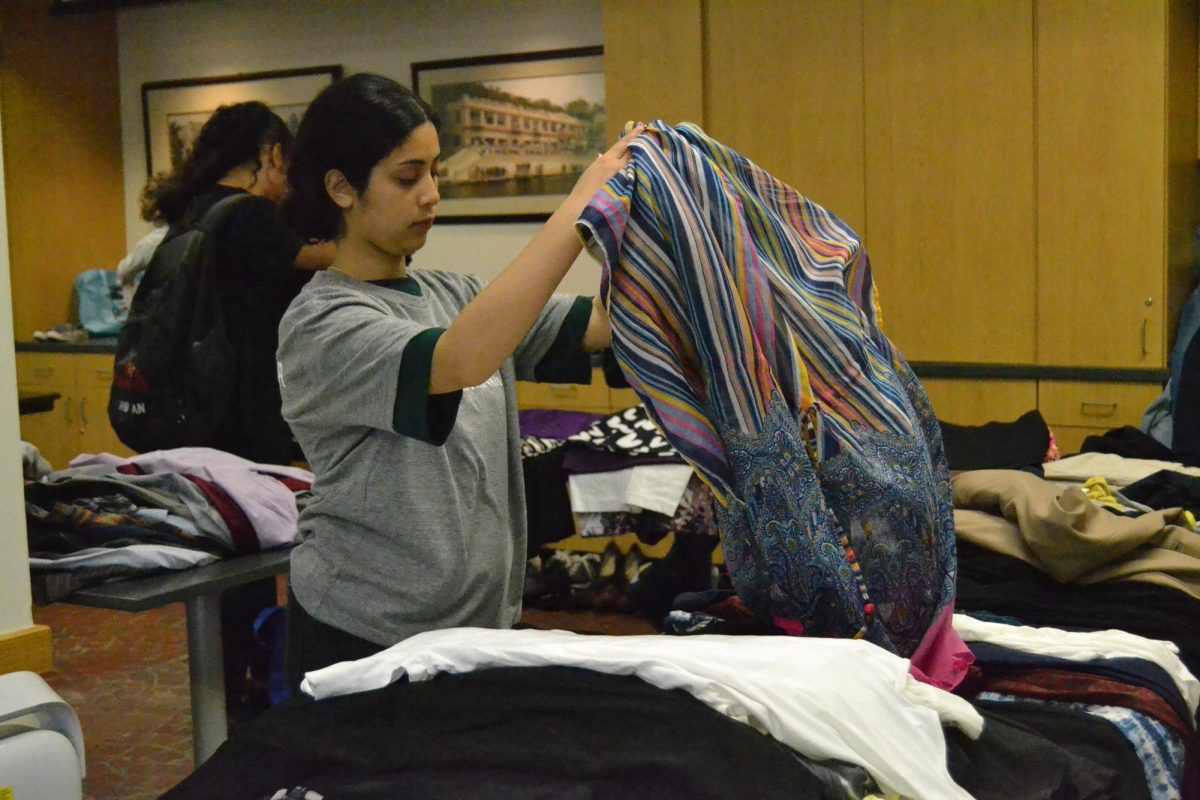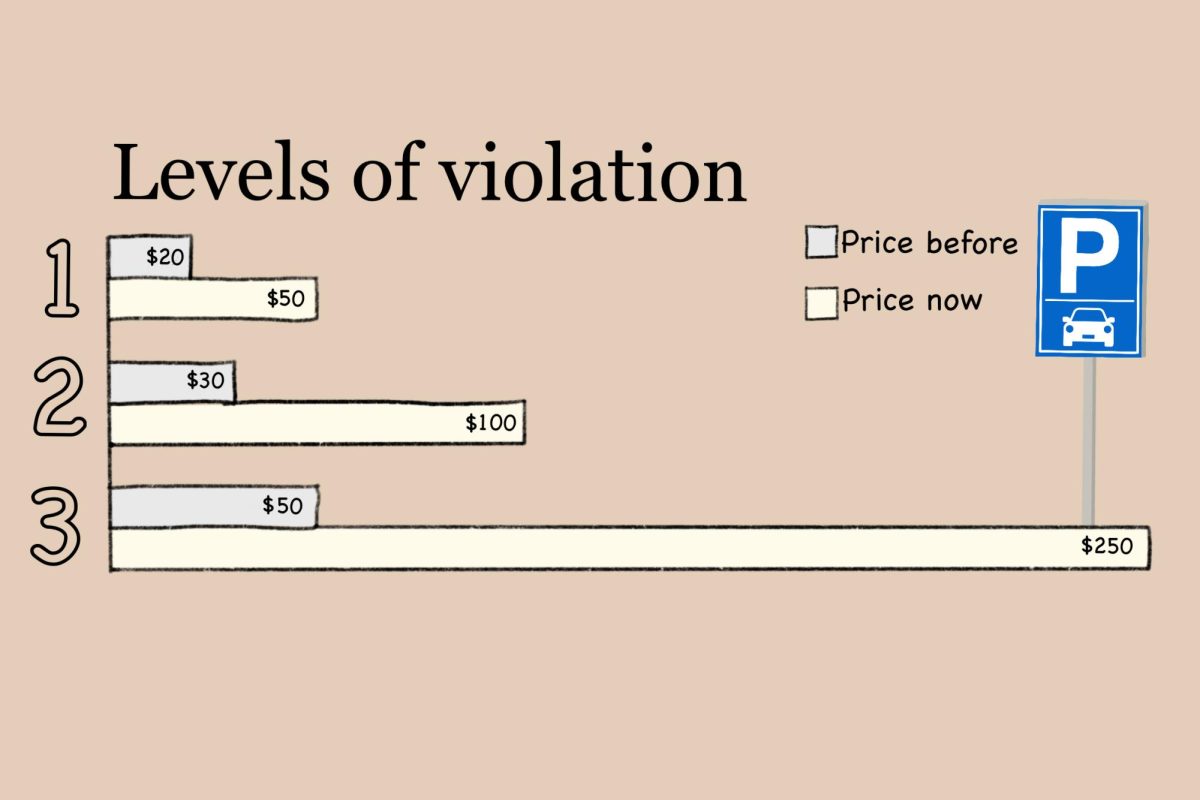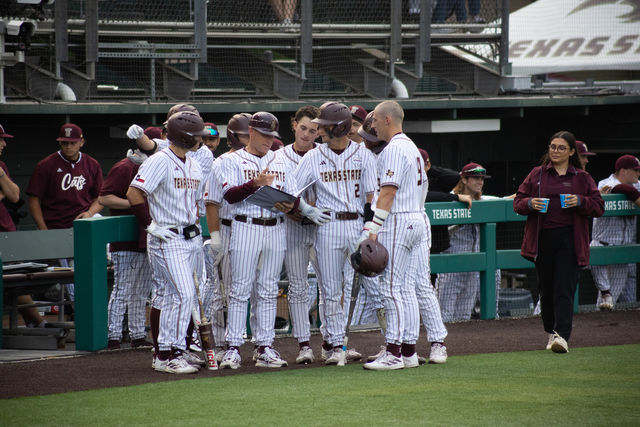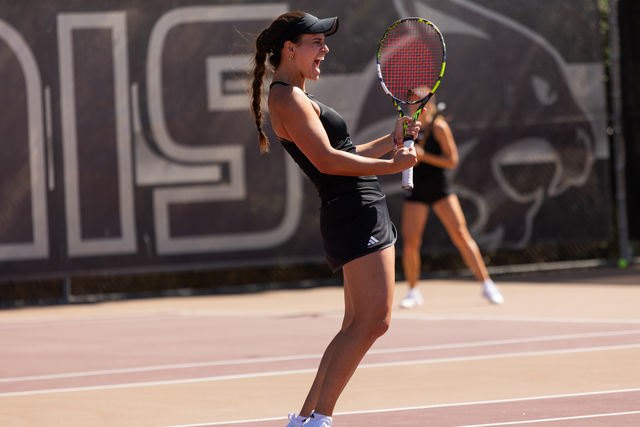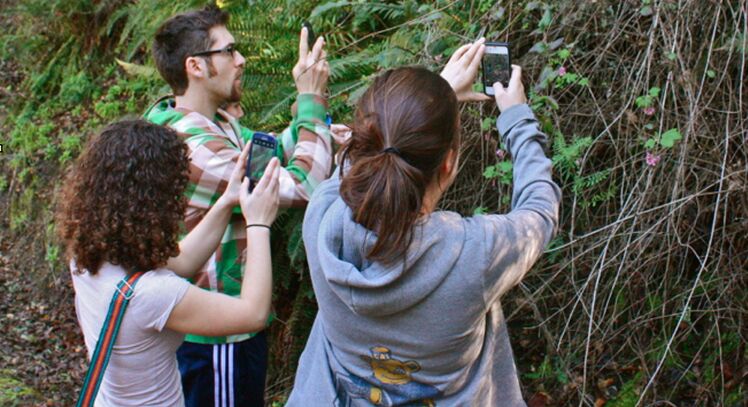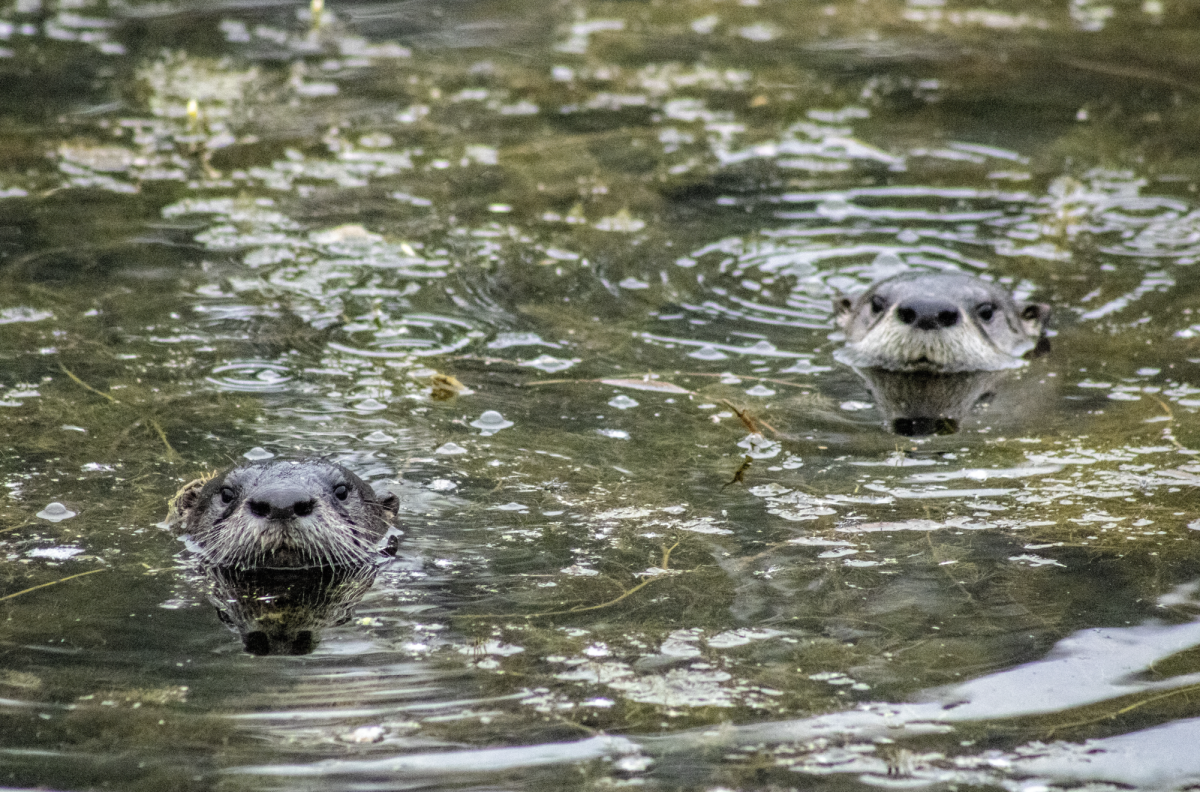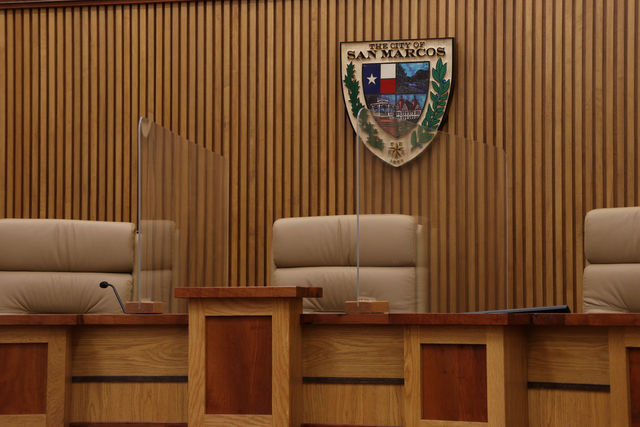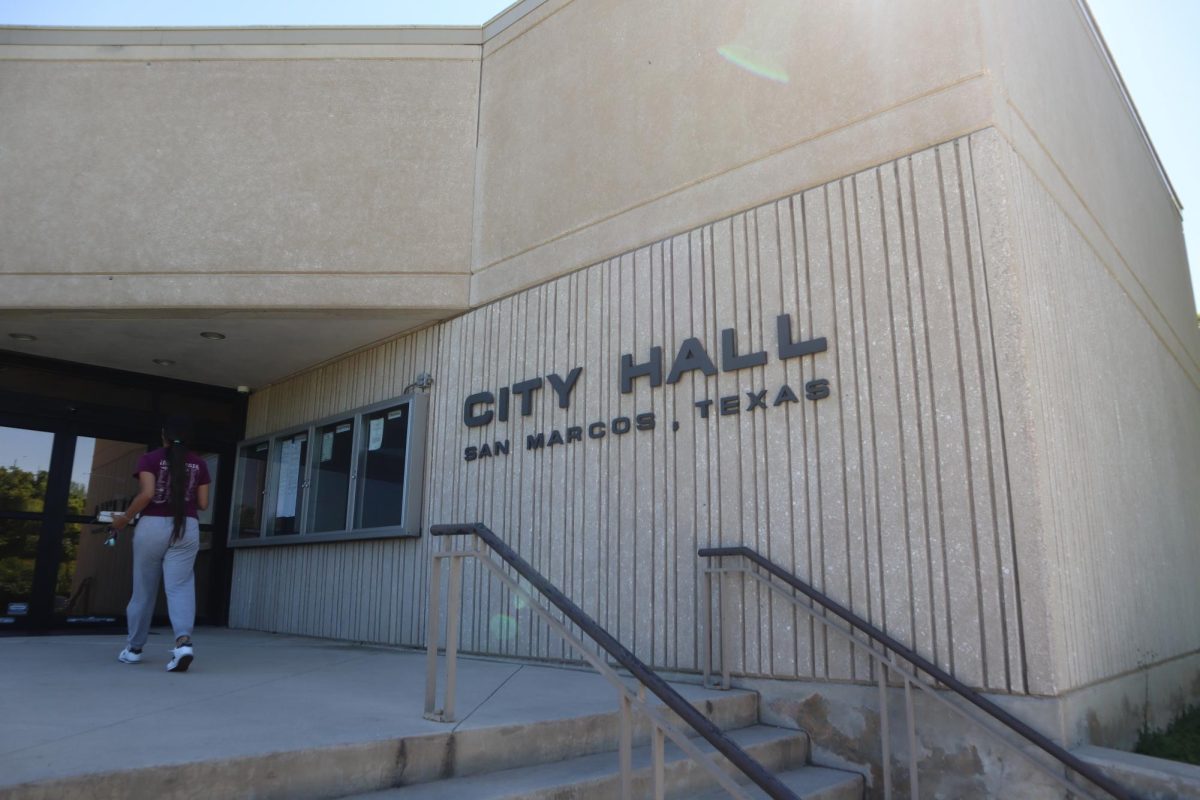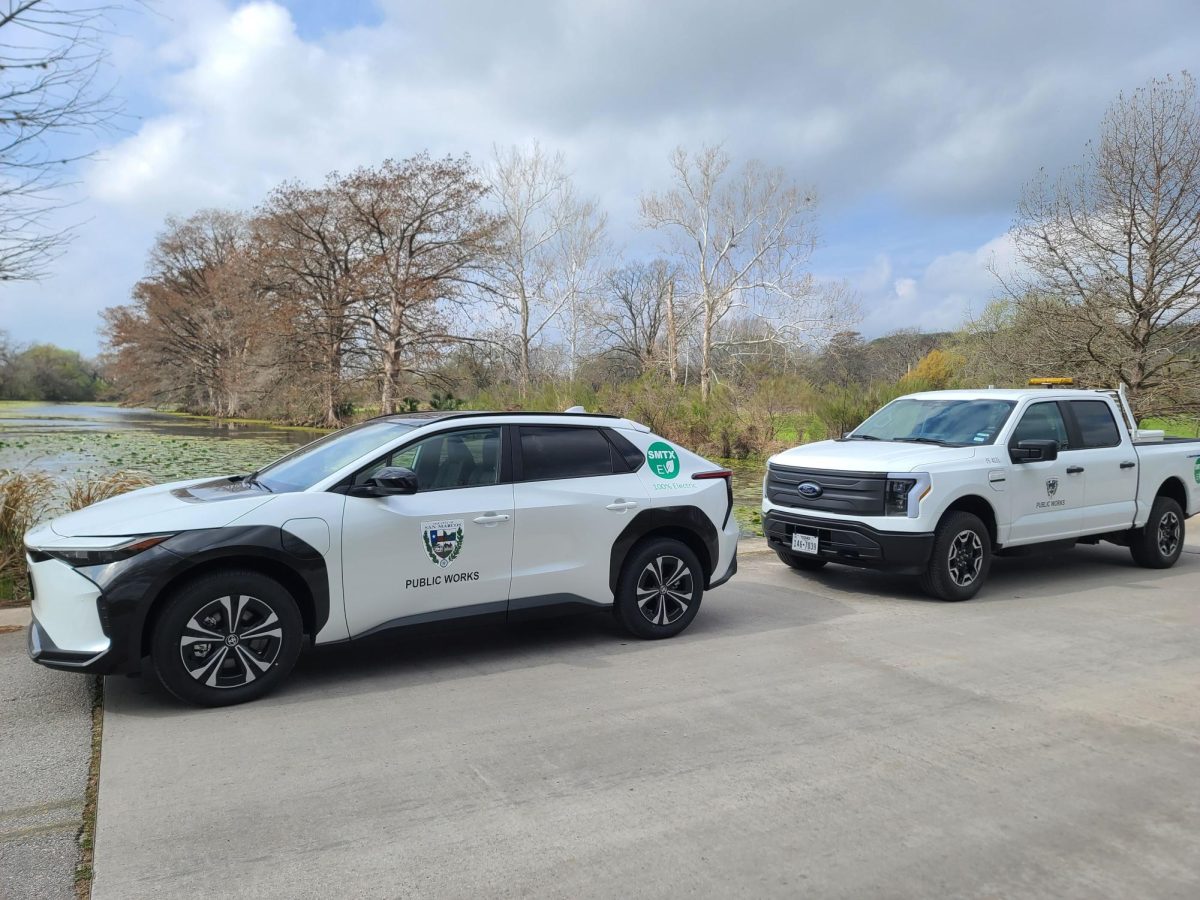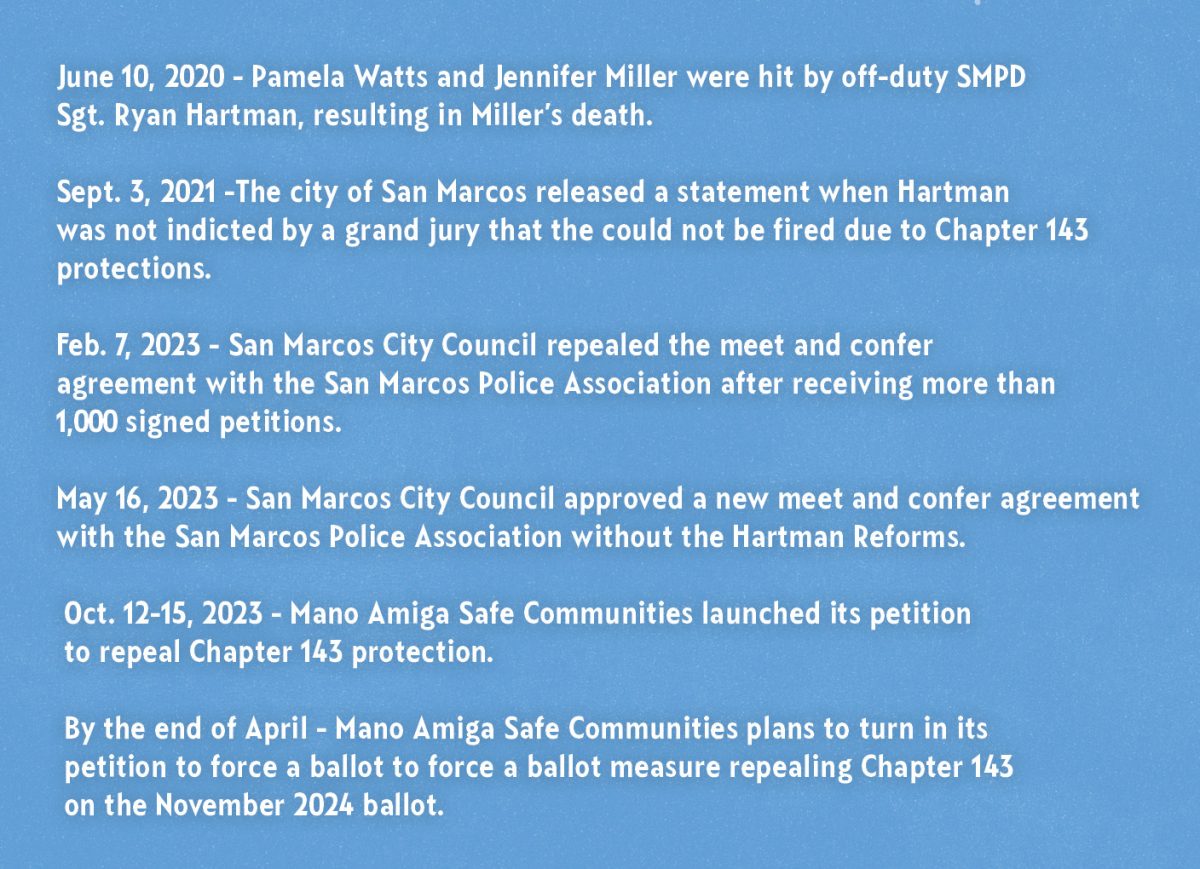As the heat of summer begins to subside, San Marcos residents seeking an outdoor excursion can contribute to research focused on helping the conservation of monarch butterflies.
Starting Sept. 1, the Discovery Center launched “Parks for Pollinators 2020: San Marcos,” a city-wide BioBlitz event in which community members work to create a snapshot of the wildlife in local parks.
The BioBlitz is part of the National Recreation and Park Association’s Parks for Pollinators 2020, a national environmental campaign focused on identifying pollinators and flowering plants to gather data useable in future conservation efforts.
The Discovery Center encourages those with access to smartphones, tablets and an internet connection to download the free iNaturalist app—a crowdsourced species identification system and organism occurrence recording tool aimed at connecting people with nature while generating valuable data for potential research.
San Marcos Discovery Center specialist Conrad Chappell says a BioBlitz is a great way to connect the San Marcos community with their local parks and recreation agency, as the event does not require large gatherings and only involves snapping photos of plants and animals.
“The whole idea is to get people together around a certain theme and get them to go out and collect as much data as they can that can then be used for various research purposes,” Chappell said.
Monarch butterflies are a focal point of conservation for San Marcos. The city lies directly in the path of the central migration flyway as the butterflies make their way to Mexico for the winter. This migration lasts from September to November, peaking in October. However, according to an article published by The Center for Biological Diversity in March, the amount of monarchs preparing for their journey to Mexico is down 53%, a number below the threshold predicting the “collapse” of the entire migration.
Chappell says he is not yet sure how the data collected in this year’s BioBlitz will be used, as this is San Marcos’ first time participating in a BioBlitz and the Parks for Pollinators campaign.
He is keeping an eye out for different types of milkweed, the host plant of monarchs and various other butterflies, as he looks to locate spaces in the city where “monarch waystations” could be planted to facilitate the migration of the species in crises.
“The idea is that [monarch butterflies] migrate through San Marcos; we are not a final destination,” Chappell said. “So you try and create a garden in various places throughout the city—it’s like a pit-stop, they stop here and they know this can be a place where they can lay their eggs, eat, drink nectar or have shelter.”
Karl Schrass, director of conservation at the NRPA, says a BioBlitz helps monitor how species interact with local parks as the NRPA actively works to elevate the roles of parks, park professionals and next-generation conservationists. He says the low barriers for entry to BioBlitzes are proving to be valuable by connecting locals, college students, parks and researchers in one virtual place.
“Local parks are often underutilized and under-represented when we think about big, large sloths of habitat and [migration] corridors for a variety of species,” Schrass said. “If you think about how many local parks there are and really start to add up how many acres that covers, I believe at the NRPA we’ve calculated over 10 million acres.”
Brett Johnson, an urban biologist for the Dallas Parks and Recreation Department, says Dallas participants have already gathered over 1,300 species in their BioBlitz, and though the data is not fine-tuned, he still expects to yield over a hundred species by the end of the event.
“I do actively use the information that we collect from BioBlitzes to improve our [public] outreach efforts; [the BioBlitz] also allows me to have a very quick visual when talking to elected officials,” Johnson said.
He says identifying the biodiversity in cities and towns is useful in not only seeing what lives in one’s community but also monitoring species of concern, like monarchs, and identifying invasive species that may damage the natural ecosystems present.
Chappell says the iNaturalist app itself is not a research project but rather a social platform meant to enable the projects of individuals, communities and organizations.
“It can be a powerful thing being part of a legitimate scientific survey,” Chappell said. “If you’re someone who cares about the conservation of pollinators, or conservation in general, it’s a really easy way to contribute to some sort of research that could have a significant impact.”
For more information on the Parks for Pollinators campaign, BioBlitzes and the conservation of pollinators, visit the NRPA website.

